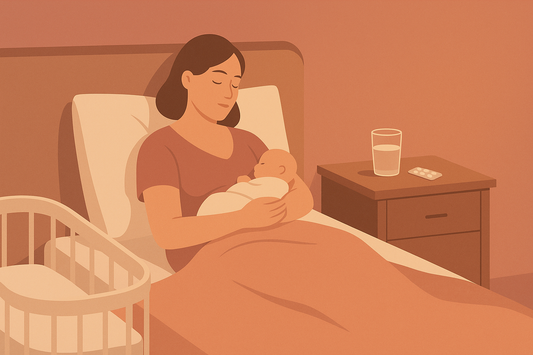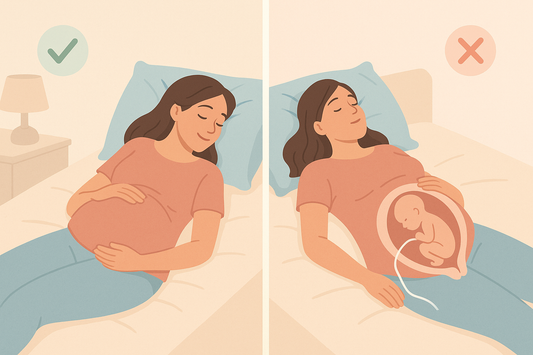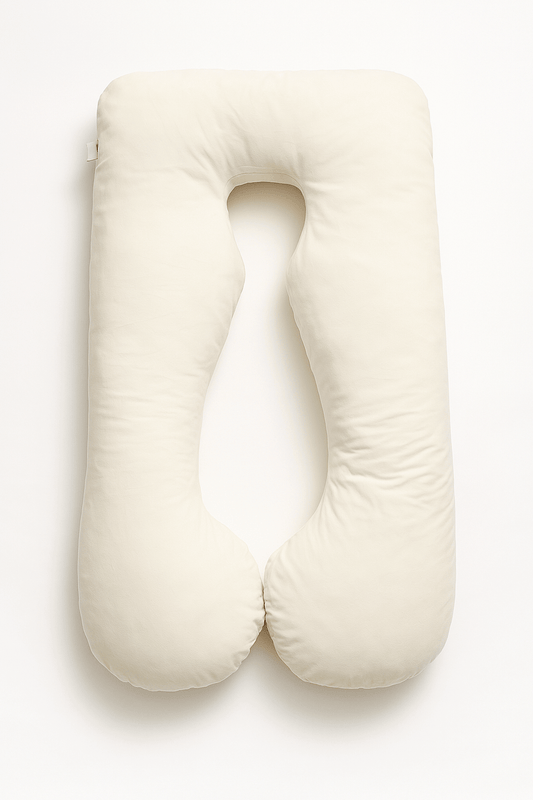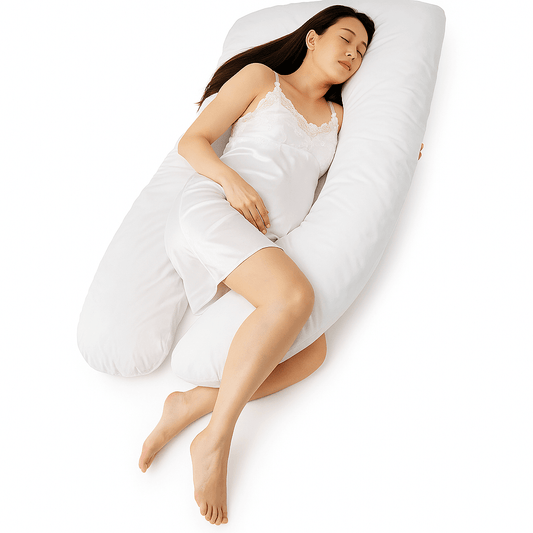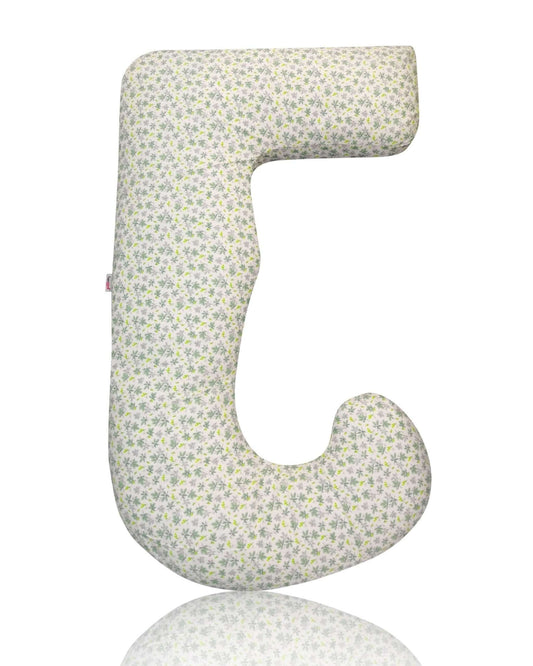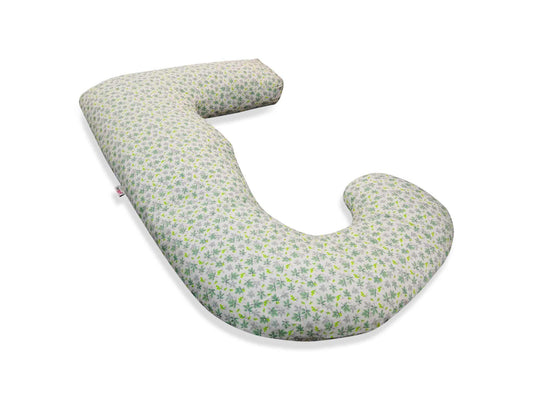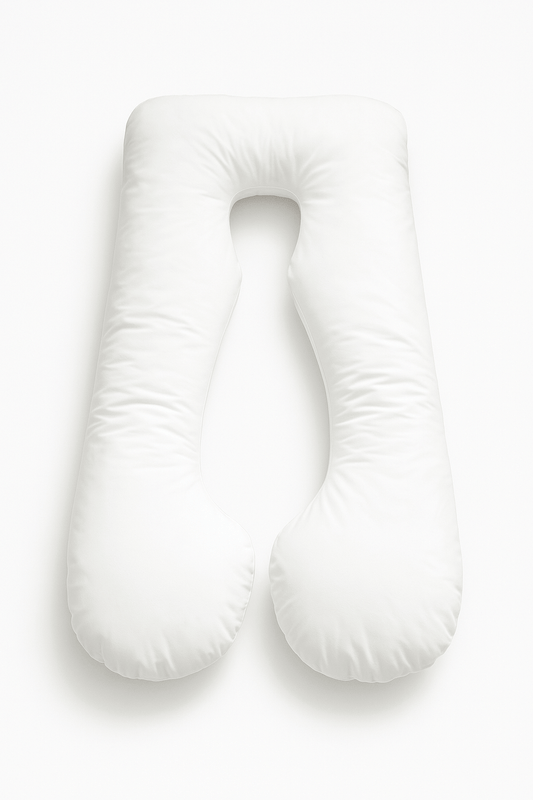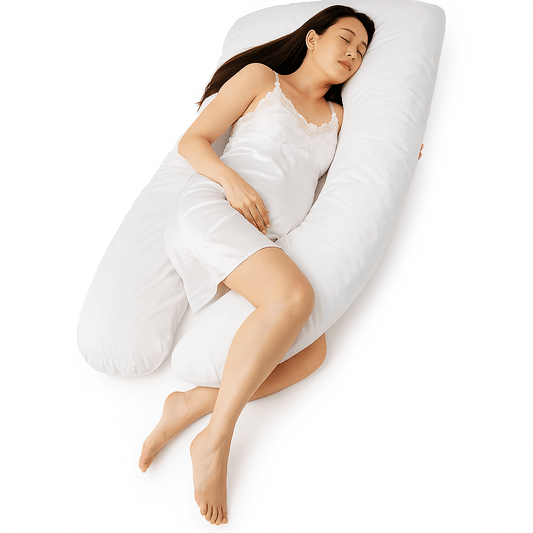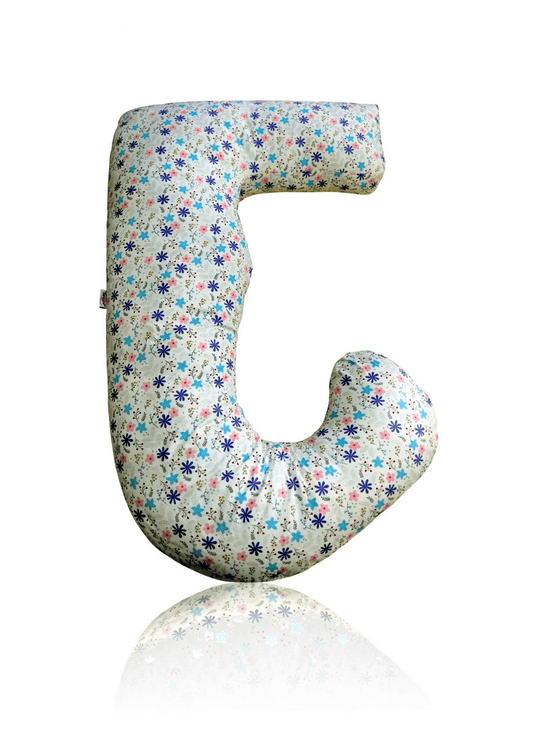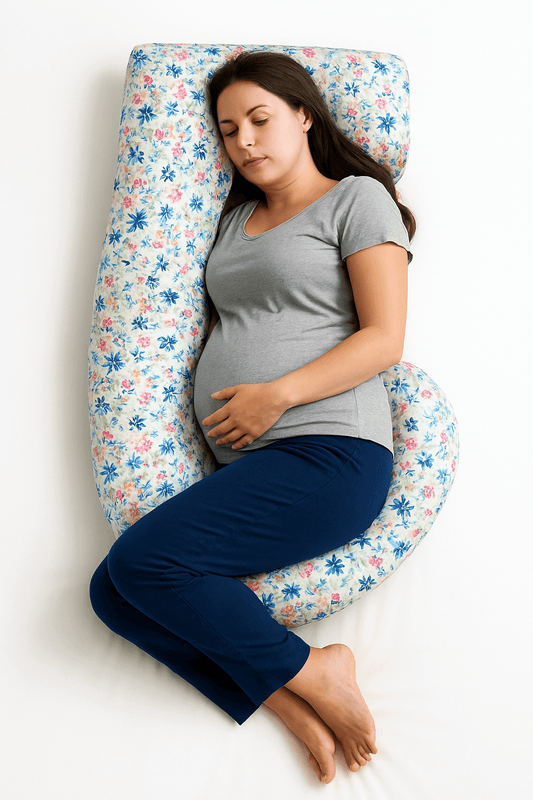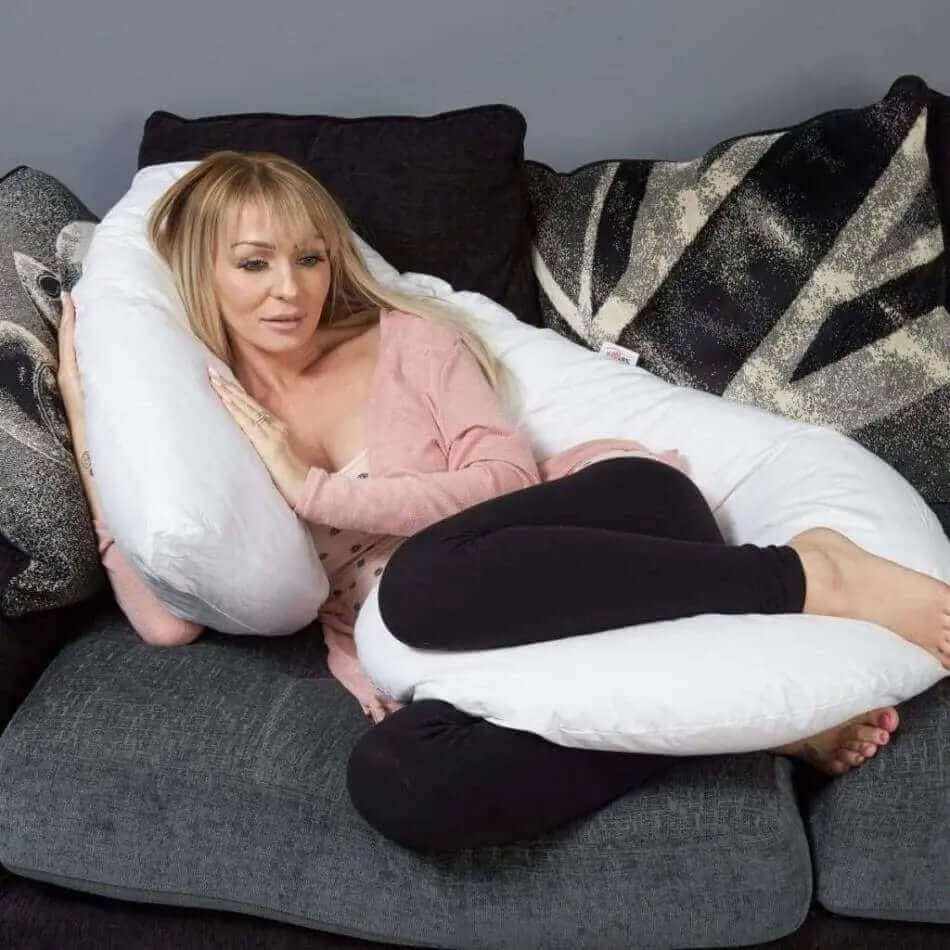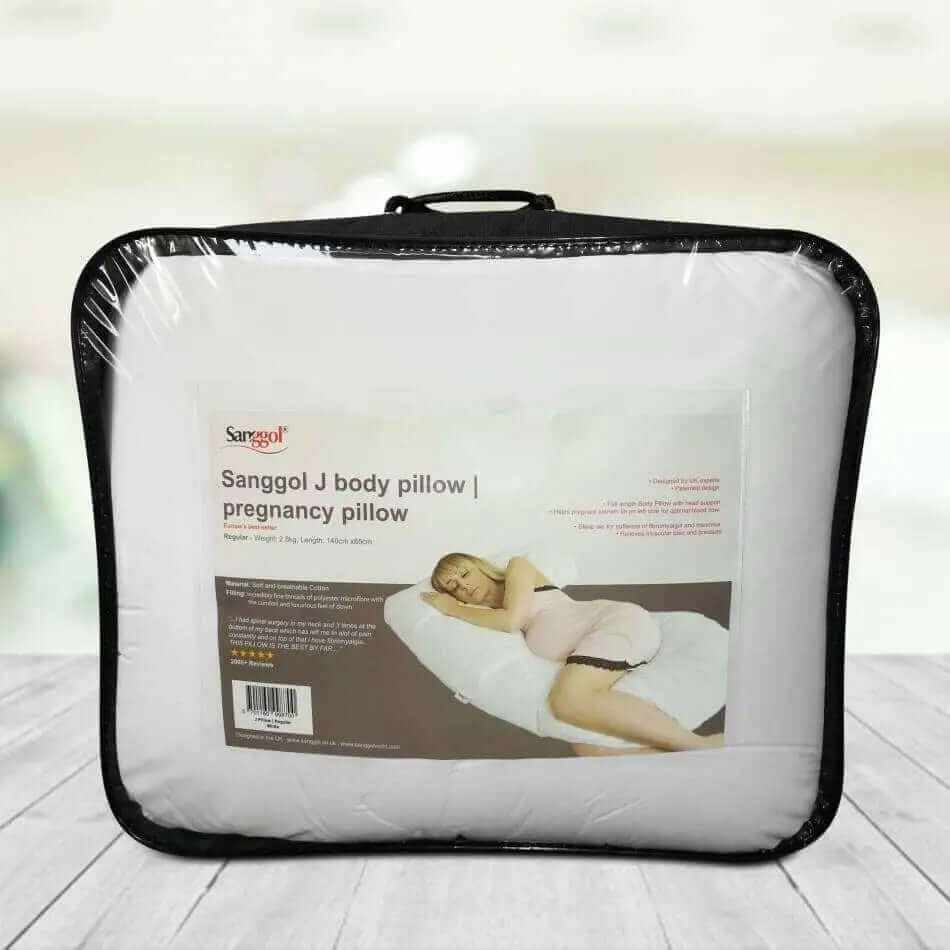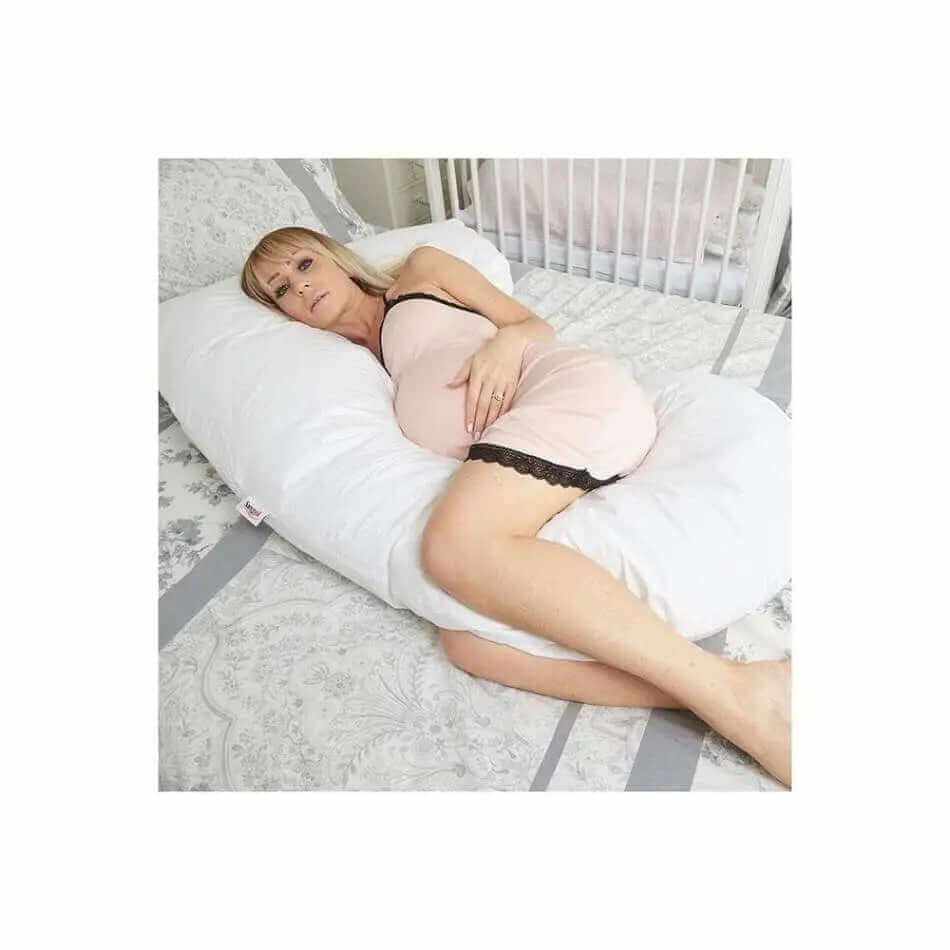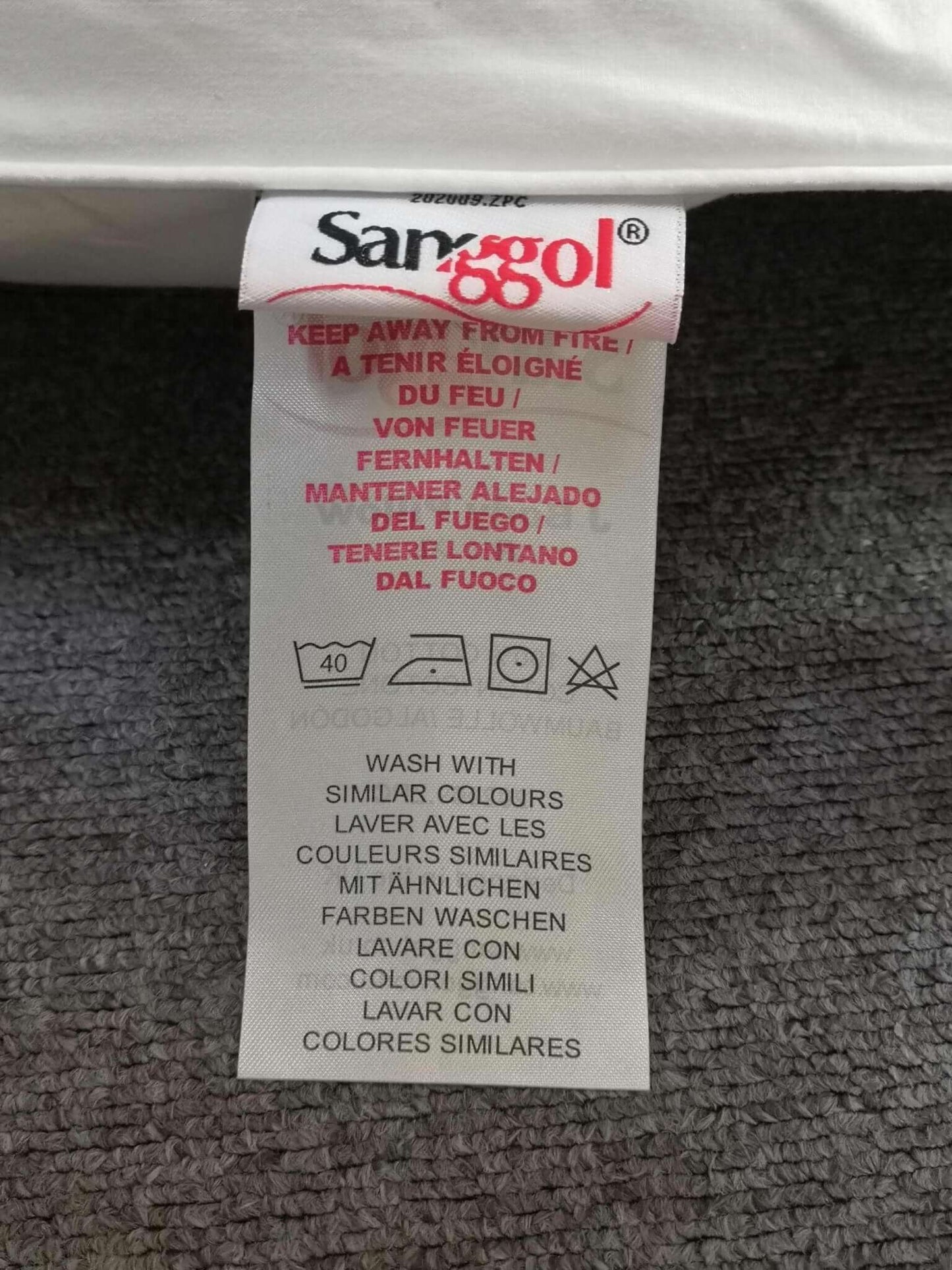From Africa to Europe: The History and Legacy of Baby Wrap Carrier
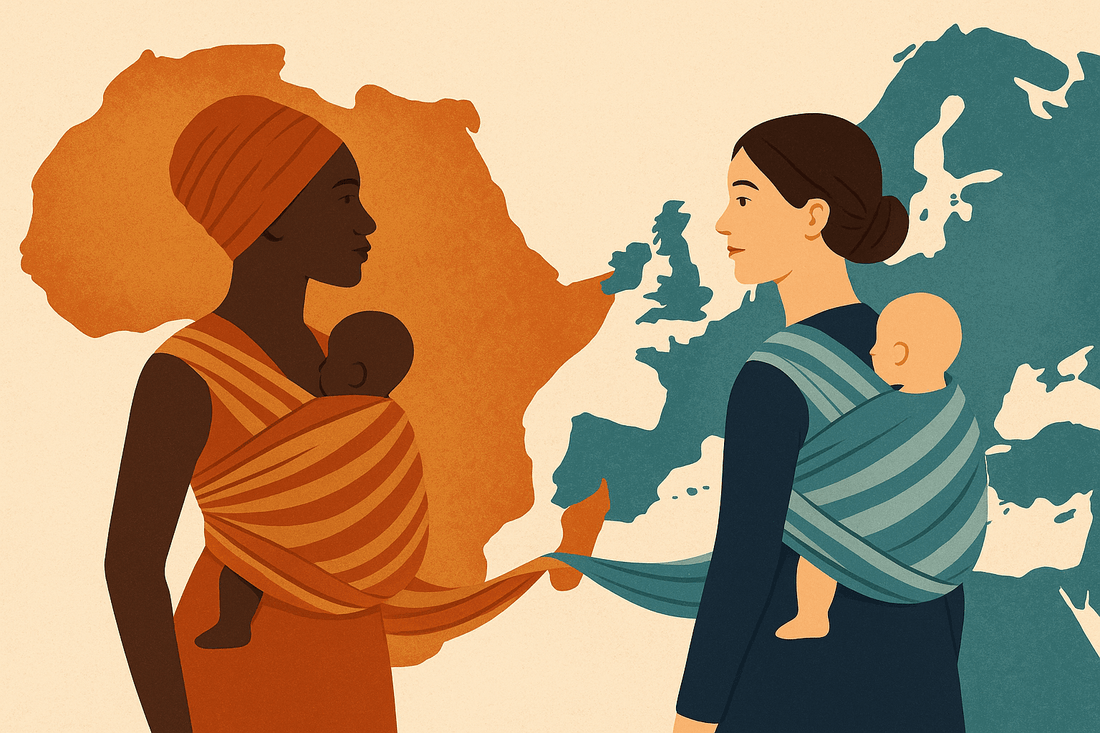
Wrapped in Tradition: The African Origins of Babywearing and Its Global Legacy
Introduction
Babywearing—the practice of carrying a baby close to one's body using a cloth or carrier—is a timeless tradition that has been integral to parenting across cultures. While modern baby carriers have gained popularity worldwide, the roots of babywearing trace back thousands of years, with profound origins in African societies. This article delves into the rich history of African babywearing, its cultural significance, and its influence on contemporary parenting practices.
Ancestral Beginnings
In many African communities, babywearing has been more than a practical solution; it's a cultural expression of love, care, and community. Mothers traditionally used simple cloths to secure their infants to their backs, allowing them to continue daily tasks while keeping their babies close. This method facilitated mobility and fostered a deep bond between mother and child.
Anthropological studies suggest that early humans utilized natural materials like bark and leaves to fashion rudimentary carriers. As weaving techniques evolved, fabrics became the preferred medium for creating durable and comfortable baby wraps. This evolution marked a significant advancement in childcare practices, enabling mothers to nurture their infants while maintaining their roles within the community.
Cultural Variations Across Africa
The methods and materials used for babywearing vary across the African continent, reflecting diverse cultures and traditions:
- East Africa: In countries like Kenya and Tanzania, the kanga is a popular garment used for babywearing. This rectangular cotton fabric often features colorful patterns and Swahili proverbs, serving both functional and communicative purposes.
- West Africa: The pagne, a brightly colored fabric, is commonly used in nations such as Nigeria and Ghana. Mothers wrap it around their bodies to secure their babies on their backs, allowing for hands-free mobility.
- Southern Africa: In Mozambique, the capulana serves as a multipurpose cloth, used not only for babywearing but also as clothing and ceremonial attire.
These traditional practices underscore the ingenuity and adaptability of African communities in integrating childcare into daily life.
Common Questions About Baby Wraps
Q: Are baby wraps safe for newborns?
A: Yes — when used properly, they’re very safe. The baby’s head should be visible, with their chin lifted and body well-supported in the “M” position.
Q: What's the benefit of wrapping over other carriers?
A: Wraps offer full body support, adjust to your shape, and feel more natural. They’re also less bulky and great for skin-to-skin bonding.
Q: Can I use a wrap all year round?
A: Yes — lightweight wraps are breathable for warmer months, and you can layer clothing or wear over coats during colder seasons.
Q: How long can I wear my baby in a wrap?
A: As long as you and your baby are comfortable. Many parents wrap until 6–9 months, but some continue into toddlerhood with sturdier fabrics.
Benefits of Traditional Babywearing
The African method of babywearing offers numerous advantages:
-
Physical Development: Carrying babies in an upright position supports healthy spine and hip development.
-
Emotional Bonding: Close physical contact enhances the emotional connection between mother and child, promoting a sense of security.
-
Practicality: Hands-free carrying allows mothers to perform daily tasks, contributing to the family's well-being without compromising childcare.
These benefits have been recognized and embraced in various cultures, leading to the global adoption of babywearing practices.

Influence on Modern Baby Carriers
The traditional African approach to babywearing has significantly influenced contemporary baby carrier designs. In the late 1960s, Ann Moore, an American nurse, developed the Snugli baby carrier after observing mothers in Togo carrying their babies with cloth wraps. This innovation brought the concept of babywearing to a broader audience, integrating traditional wisdom into modern parenting tools.
Preserving Cultural Heritage
Today, babywearing remains a vital aspect of cultural identity in many African communities. The practice is passed down through generations, with grandmothers teaching young mothers the art of securely wrapping their babies. This tradition not only ensures the well-being of the child but also reinforces community bonds and cultural continuity.
Modern Revival and Global Appreciation
In recent years, there has been a resurgence of interest in traditional babywearing practices, both within African communities and globally. Parents worldwide are embracing the benefits of babywearing, recognizing its role in fostering closeness and convenience. This renewed appreciation also prompts discussions about cultural appropriation versus appreciation, emphasizing the importance of honoring and acknowledging the origins of these practices.
How Babywearing Crossed Continents: African Influence in Europe
The migration of African families to Europe throughout the 20th and 21st centuries brought with it many treasured traditions—including babywearing. For diasporic African communities living in cities across the UK, France, the Netherlands, Germany, and beyond, wrapping a baby was not just a parenting technique—it was an act of cultural preservation.
In recent decades, European midwives, doulas, and parenting educators have begun to embrace the wisdom of African babywearing practices. African-style wraps, often passed from grandmother to mother to daughter, became visible on European streets and playgrounds, sparking curiosity and admiration.
European parents began to adopt soft fabric slings modeled after the African pagne and kanga, appreciating both the physical closeness they encouraged and the beautiful designs that told a story. Brands began creating hybrid carriers—combining African wrap techniques with Western materials or styling—and birth educators started including wrapping demos in antenatal classes.
Importantly, many Black European mothers have taken the lead in reclaiming and celebrating these traditions—using social media, workshops, and community networks to teach others how to wrap safely and confidently. In doing so, they are not only connecting with their heritage but also redefining modern parenting through an Afrocentric lens.
A Tradition Reimagined
Across Europe today, babywearing is not only accepted but often encouraged as part of attachment parenting. Yet for many African and Afro-diasporic families, it is more than a parenting trend—it’s a reclaiming of identity, resilience, and ancestral wisdom.
This tradition, which once helped mothers walk miles to gather water while nursing their children, is now helping urban parents move through their day with closeness and confidence. And with a growing global awareness around cultural appreciation and representation, many are seeking to learn about babywearing with proper acknowledgment of its African roots.
Conclusion
The tradition of babywearing in Africa is a testament to the ingenuity, care, and community at the heart of African societies. From the vibrant kangas of Kenya to the bold capulanas of Mozambique, each wrap tells a story—not only of motherhood but of cultural identity, resilience, and continuity.
As babywearing continues to spread across Europe and beyond, it's vital to remember and honour the traditions that made it possible. By embracing these roots with respect and recognition, we not only carry our children—we carry history.
📚 Recommended Source:
The African Tradition of Baby Wearing: Its Origins and Its Benefits
👉 Read here
Ready to Wrap Your Baby in Comfort and Culture?
Discover our beautifully designed Baby Wrap Sling Carrier, inspired by tradition and made for modern parents.
Shop Now

